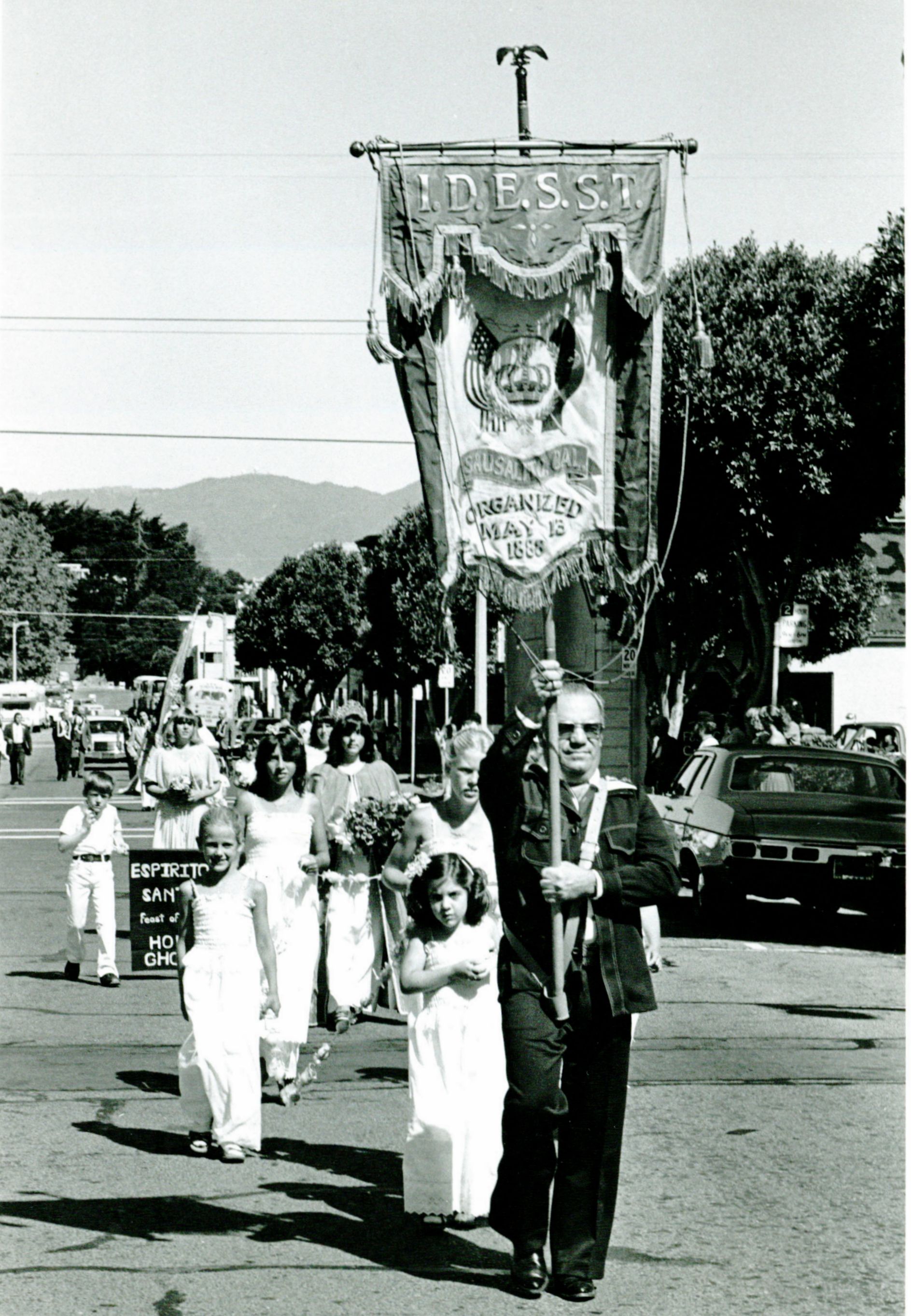Sausalito In The News – May 11, 1950
 Wednesday, May 13, 2015 at 06:40PM
Wednesday, May 13, 2015 at 06:40PM Marin Schools Receive Nearly 4 Million
The California Taxpayers’ Association reported that local property taxes and support from State Taxes for Marin County School Districts this year has reached a total of $83,817,609, with $81,857,170 from State apportionments and $81,960,439 from local property taxes. High School and Junior College Districts in the County are receiving $8,835,257 in State apportionment for 1949-50, based on 5,567 average daily attendance.
Professional Survey Approved
Sausalito School Board of Trustees faced a little competition at Central School while conducting its business at the Monday night meeting. But despite the donkey baseball game in progress on the School grounds and the Boys Club Orchestra’s rendition of “Five Foot-Two Eyes of Blue”, the School Board session continued.
The Board discussed at length the proposed professional survey for school children in the Sausalito. School District. P.T.A. President stated that Sausalito should join Marin City in raising funds for the $2,250 survey originally proposed by a group of Marin City mothers because of the high percentage of children who were not promoted in the Marin City schools. Mrs. Hailing said similar problems existed in Sausalito, and an objective survey would aid in determining how to effect the necessary corrections and establish better relations between the town and the school. Mrs. John Ehlen suggested that the Rosenberg Foundation in San Francisco be contacted for possible financial aid. The Board agreed to do so. School Board trustees refuted rumors that South School will be abandoned.
Cancer Study Progress Underway
A new technique, which is still in the experimental stage, soon may provide medical science with a considerably improved method of diagnosing cancer of the stomach, one of the most difficult forms of the disease.
Training of diagnosticians and technicians in the new technique is being sponsored by the American Cancer Society, which is continuing its annual educational and fund-raising campaign. The research was financed in large part by the U. S. Public Health Service. Success and reliability of the test is dependent upon proper training of technicians.
Huge Illegal Striped Bass Catch Jails 2
District Attorney Edmund J. Pat Brown of San Francisco points to a huge illegal catch of striped bass. They weigh 514 pounds—more than 20 times the legal limit. The bass, all female full of spawn, were netted in San Francisco Bay waters, and allegedly bootlegged to a San Francisco cafe owner. He and a kitchen helper were arrested by a State Fish and Game Warden and await trial. Anglers and sportsmen are alarmed at the flagrant violation of laws protecting this game fish. Brown, a sports fisherman himself, will prosecute the case.
Independence Drive Starts May 15
The United States Savings Bonds Division of the Treasury Department has announced “Independence Drive” to begin on May 15 and continue through July 4.This Campaign aims at increasing the purchase of Series “E” bonds by urging individuals to buy bonds now and by emphasizing the benefits of regular year-round purchases. This is not a drive for contributions, but rather for the establishment of regular thrift. The campaign symbol is the Liberty Bell and the slogan is “Save for Your Independence.”
Mother’s Day Approval
May 14,1950 marks the forty-third anniversary of the struggle of the late Miss Anne Jarvis to have Mother’s Day incorporated into the national calendar and it marks the thirty-sixth year of her triumph when the Congress and the President of the United States first declared in a joint resolution that “it was fitting that America honor her mothers with a national holiday.
Briefs
--Seventy percent of the area of San Francisco Bay is less than 18 feet deep.
--The Trade Fair offers two local outlets for the new series of Artists’ Post Cards just released in Sausalito. The cards carry the work of Jon Schueler, Jean Varda and L. Moholoy-Nagy.
On This Date
11- First Netherlands U.S. Telex sent.
13- Diner’s Club issues its first credit cards.
15- Rodgers & Hammerstein receive Pulitzer Prize for South Pacific.


